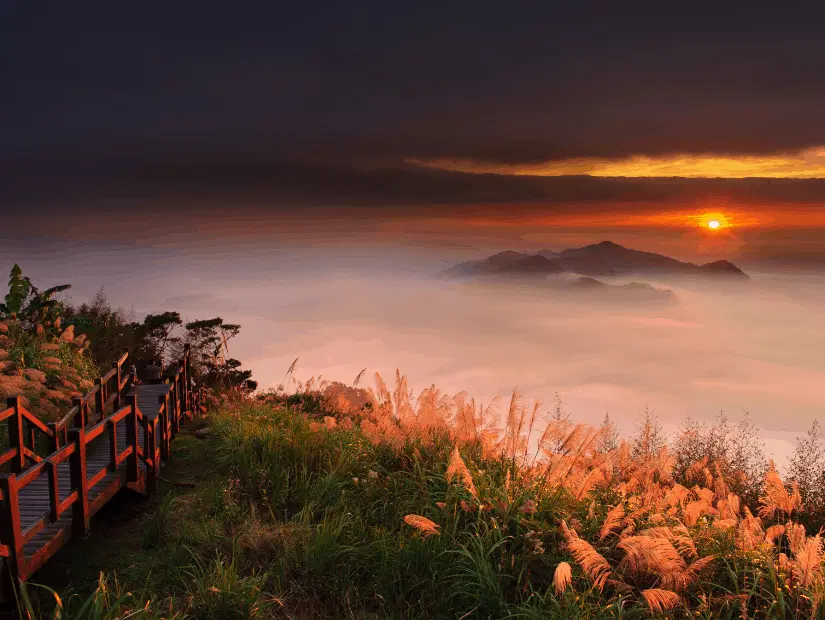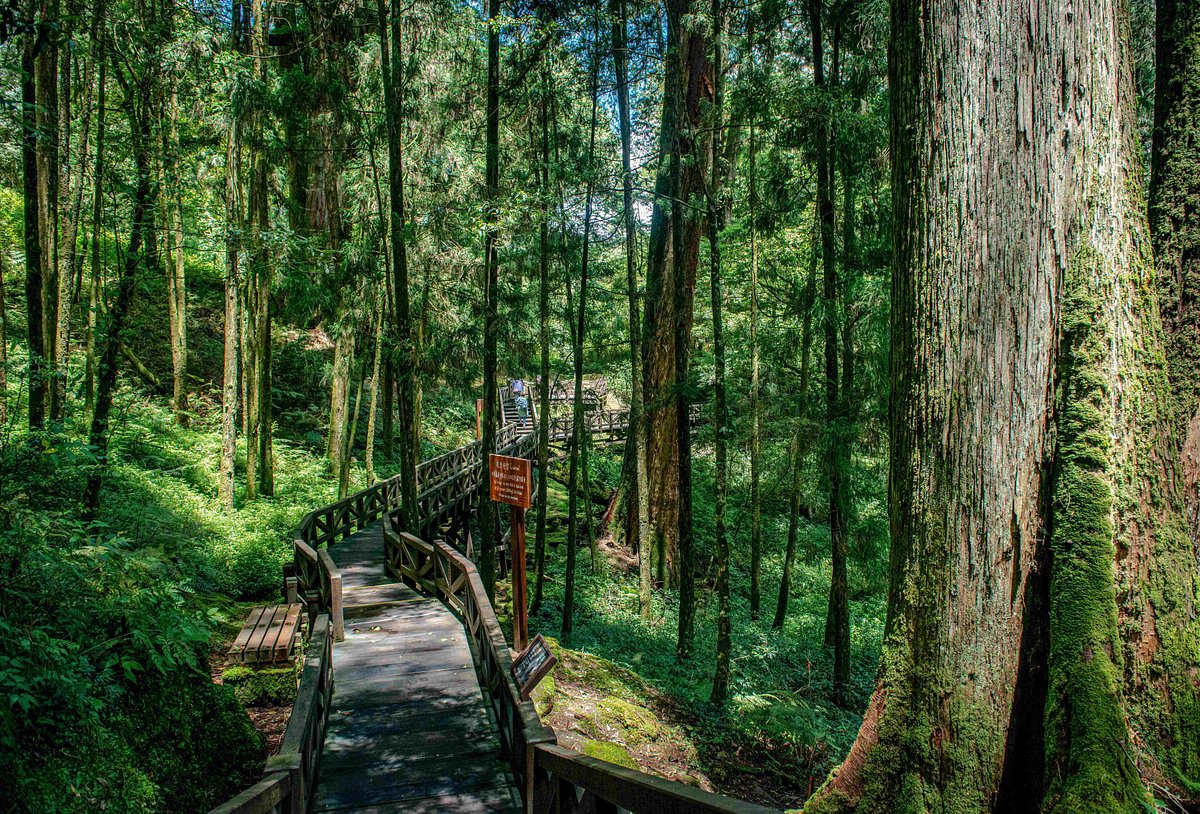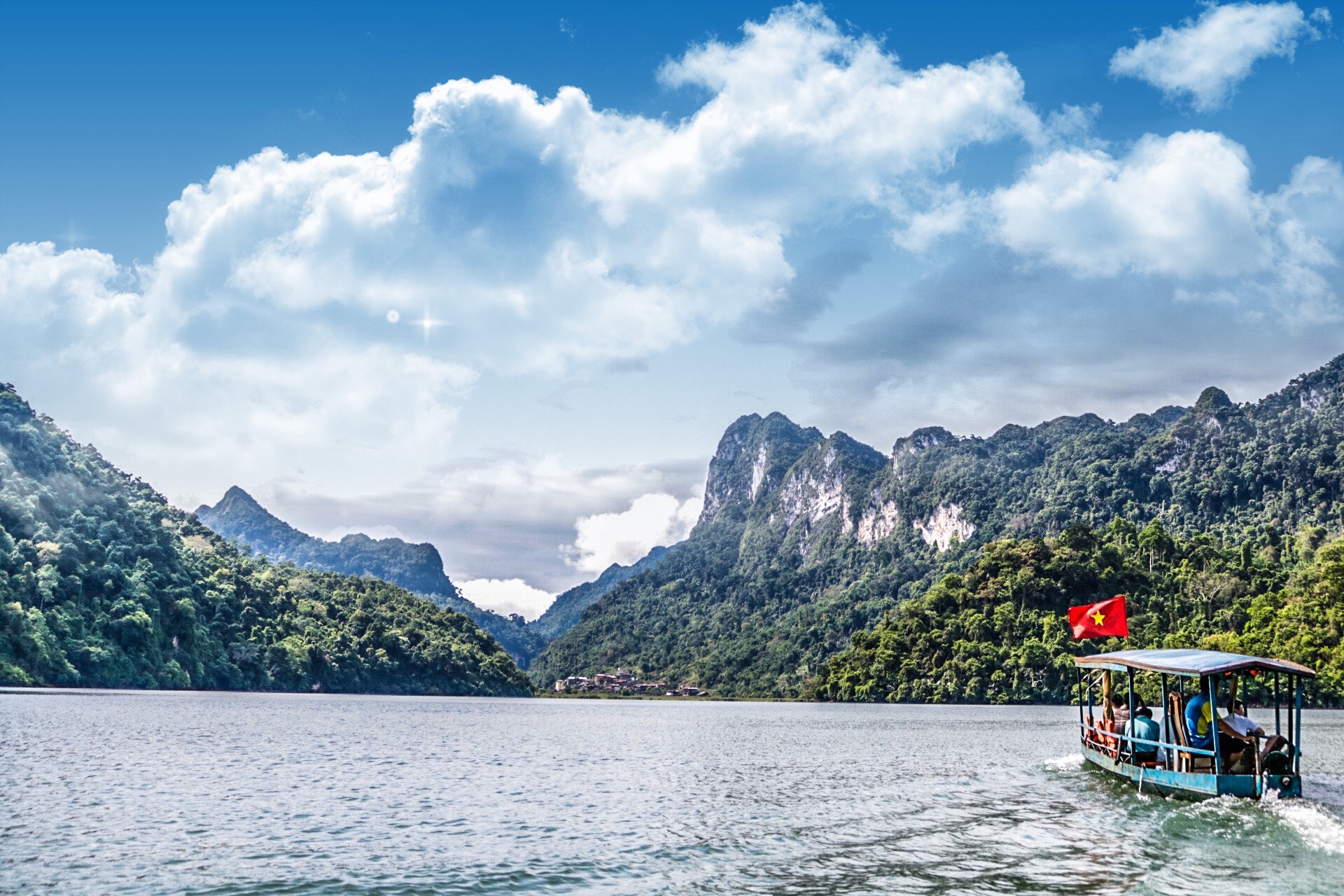Alishan | In and around Alishan National Forest Recreation Area
Alishan’s fresh, cool air and mountain scenery have been drawing tourists since Japan’s occupation of Taiwan (1895-1945). However, this tiny settlement and its famous narrow-gauge railway link to the plains were established for a very different reason – to allow the exploitation of the area’s spectacular forests. Many of Alishan’s millennia-old red and yellow cypress trees were felled to provide lumber for construction, with some of the very best wood being used to rebuild Japan’s most notable temples.
Tourists typically focus on the 1,400-hectare (3,460-acre / 5.4-square mile) Alishan National Forest Recreation Area, and for good reason: It’s an excellent place for people who don’t consider themselves outdoors-types, but who wish to revel in stunning views and sublime woodlands from a network of safe, clearly signposted trails. Alishan National Scenic Area is far larger, and encompasses tea-growing zones and indigenous villages as well as the forest recreation area. Alishan is a fantastically rewarding region, but a knowledgeable guide is needed to find the quietest and most pristine parts of this gorgeous part of the world.
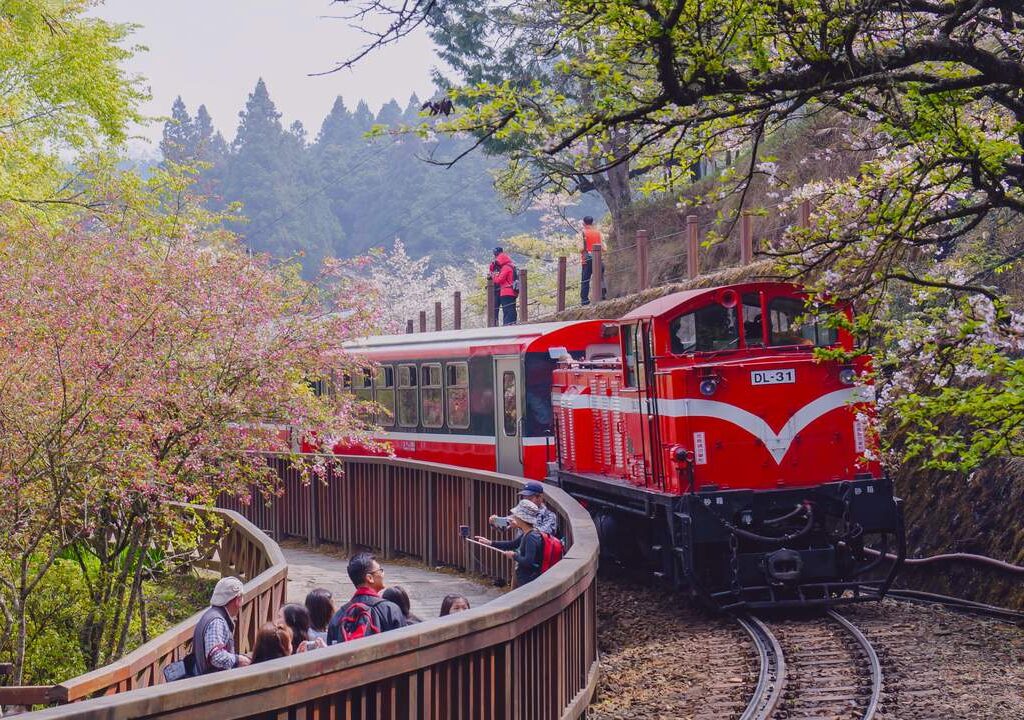
Alishan is easy to access by road or railway, but no visit is complete without an on-foot immersion in the woodlands and bamboo groves, and a hike up to one of the ridges to enjoy panoramic vistas.
Because there’s no industry and few people, Alishan National Scenic Area is an ecological treasure house. The village of Lijia and its immediate surroundings have 25 of Taiwan’s 56 firefly species; they’re best seen between April and December. Taiwan’s avians are already well known to birding enthusiasts throughout the world, and Alishan is home to an abundance of fascinating species, among them the Grey treepie (Dendrocitta formosae). The village of Guanghua is considered the very best place in Taiwan to see the Taiwan Partridge (Arborophila crudigularis), a hard-to-find endemic.
In addition to the stands of cypress which first attracted loggers, Alishan has large groves of pine, spruce, Taiwan Douglas-fir (Pseudotsuga sinensis) and Taiwan Hemlock (Tsuga chinensis var. formosana), plus thriving specimens of Ulmus uyematsui, a type of elm unique to Alishan. These high-altitude woodlands nurture some shy but intriguing wild animals, among them the Red-bellied tree squirrel, the White-faced flying squirrel, the Formosan macaque, Reeves’s muntjac, as well as various rodents and non-poisonous serpents.
Alishan is multicultural. Around Shizhuo most most people are of Han Chinese descent. Nearby Fenqihu is an enclave of Hakka families whose ancestors migrated from southern China to Taiwan in the 18th century, then relocated to Fenqihu to work in the logging industry and railway depot. Off the main road there are communities of Tsou people, one of Taiwan’s smaller indigenous ethnic groups.
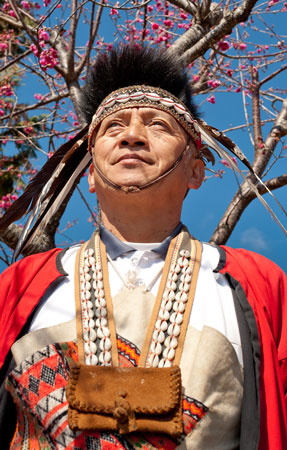
Like Taiwan’s other aboriginal groups, the Tsou are Austronesians who share linguistic and genetic kinship with Polynesians, Melanesians, Micronesians, Hawaiian natives and the Maoris of New Zealand. The Tsou language is utterly different to the Mandarin, Taiwanese and Hakka tongues spoken by the bulk of Taiwan’s citizens.
Alishan’s weather is as varied as its environment. Heavy cloud or fog for part of the day is extremely common – so common, in fact, that the ‘Sea of Clouds’ at daybreak is perhaps Alishan’s most famous sight. During winter, temperatures may not get much above 5 degrees Celsius (41 degrees Fahrenheit). In summertime, daytime temperatures seldom go higher than 20 degrees Celsius (68 degrees Fahrenheit), but it can feel much warmer due to the strength of the midday sun. Hats and sunblock are a good idea.
Between February and April, sakura draw large numbers of Taiwanese and other Asian visitors to several parts of the Alishan area. Sakura is a Japanese word adopted by the Taiwanese which means ‘flowering cherry tree’. During August, typhoons sometimes mean the area is cut off from the lowlands.
